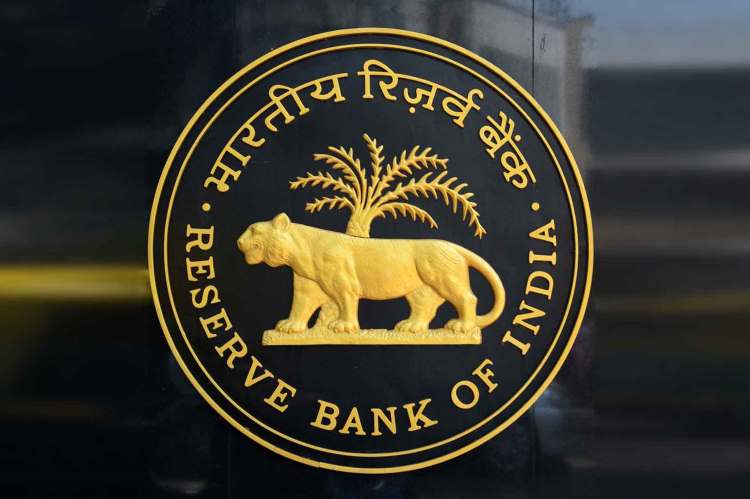RBI dividend bonanza: The central board of the RBI has approved a record surplus transfer of Rs 2.11 trillion to the government for 2023-24, even after increasing the contingent buffer to the peak level of 6.5%. This amount is more than double the budgeted figure from the central bank and public-sector undertakings. In the last fiscal year, the RBI had transferred a surplus of Rs 87,416 crore. The previous highest surplus transfer was Rs 1,76,051 crore in 2018-19. The higher transfers are due to income from domestic and foreign assets. The unexpected boost to the government’s fiscal position is expected to provide more fiscal space for expenditure management in the upcoming year.
In the current fiscal year, the government’s cash balance is already high as spending was subdued amid the elections. Other contributing factors include strong revenue inflows, auctions, and balance transfers from last year.
READ | India revs up EV push with new incentives for manufacturers
Why RBI pays dividends to government
The RBI pays a dividend to the government based on a framework established in 2019 called the Economic Capital Framework. This framework ensures that the central bank maintains adequate capital buffers while also sharing its profits with the government. The dividend amount is determined by the RBI’s income, capital provisions, and the level of the contingent risk buffer.
In recent years, the RBI has maintained a higher CRB due to the pandemic and economic uncertainty. However, as the economy improves, the RBI has increased the CRB to the higher end of its target range, resulting in a larger surplus and a higher dividend payout to the government. Besides surplus income from investments and valuation changes on its dollar holdings, the fees it earns from printing currency, and the rupee’s depreciation against the dollar also contribute to the surplus transfer.
The Economic Capital Framework was devised following the recommendations by a committee chaired by former RBI Governor Bimal Jalan. The framework seeks to ensure that the RBI maintains an appropriate level of capital to manage various risks, while also ensuring sufficient funds are transferred to the government. The ECF allows the RBI to balance its dual responsibilities of supporting government finances and maintaining its own financial stability.
What will the government do with RBI dividend?
Analysts are optimistic that the government will use the extra funds to bolster infrastructure and ramp up social welfare programmes. However, there is a high probability that the RBI dividend bonanza will be used to offset higher spending commitments and the likely shortfall in disinvestment proceeds.
The bonanza may prompt the government to reduce the fiscal deficit marginally when it presents the final budget for 2024-25 in June or early July. With the windfall of Rs 2.1 trillion, the fiscal deficit for 2024-25 can be reduced by as much as 0.3%. However, the government must also leave some cushion for any unexpected shifts in revenue or expenditure.
Options before the government
The government has two options – use the bonanza entirely as a savings tool for fiscal consolidation or fund additional expenditure. The government has received an additional Rs 1 trillion over the budgeted RBI dividend level, necessitating a rework of the budget to factor in this bonanza.
The higher surplus from the RBI may also influence the government’s borrowing strategy for the rest of the fiscal year. With increased fiscal space, the government could potentially reduce its market borrowings, thereby easing pressure on bond yields. This move could have a stabilising effect on the bond market, ensuring lower borrowing costs for the government and contributing to overall economic stability.
In March, the Union government announced plans to borrow 53.07% of its full-year target in the first half (April-September) of FY25. The gross borrowing for the first six months of the upcoming financial year (FY26) stands at Rs 7.5 trillion of the total borrowing target of Rs 14.13 trillion.
For stock markets, the higher dividend is positive news. It signifies the potential for increased government spending and economic growth, particularly in the construction and infrastructure sectors. The bond market has already responded positively, with the 10-year bond yield moving towards 7%, indicating higher treasury profits for banks and a potential boost for bank stocks.
Public Sector Banks are likely to play a crucial role in channelling the increased government spending into productive sectors. Enhanced capital inflows from the RBI’s surplus can improve the lending capacity of PSBs, facilitating more credit to key sectors such as infrastructure, manufacturing, and services. This can drive growth and create employment opportunities, further bolstering economic recovery.
The government is poised to receive several significant cash inflows this year. Spectrum and critical mineral auctions are expected in the first half of the current fiscal. Additionally, good performance by the Central Public Sector Enterprises (CPSE) and Public Sector Banks (PSBs) will also yield rich dividends, further bolstering the public exchequer. Spectrum sales alone are expected to bring in at least Rs 40,000 crore, while the Strategic Mineral Auction of the first tranche of 20 critical mineral blocks is valued at Rs 45,000 crore.
It remains to be seen how the government chooses to spend the extra money. While the surplus could be used for additional spending, it may lead to inflation due to increased money supply. The final FY25 budget will reveal the government’s strategy.
In a broader economic context, the surplus transfer from the RBI signifies a strong financial position of the central bank, reflecting its effective management of domestic and foreign assets. It also underscores the resilience of India’s financial system amidst global economic uncertainties. The efficient utilisation of these funds by the government can pave the way for sustained economic growth, reinforcing investor confidence and attracting foreign investment into the country.

